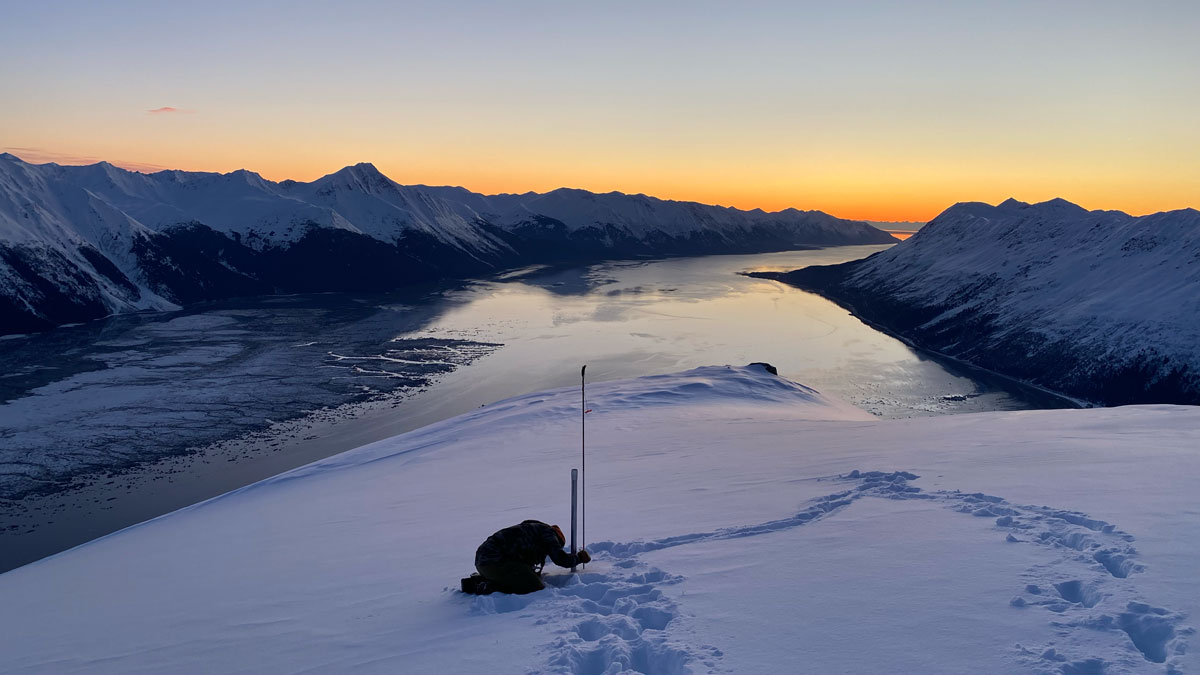Two common street trees in Beijing show different responses to artificial light at night, but both grow leaves that are tougher and less toothsome to insects.
Amy Mayer
Posted inNews
Toxic Metal on the Rise in the Baltic Sea
Postwar reconstruction is likely the cause of elevated thallium levels, but low-oxygen, high-sulfide conditions keep the material, which is extremely dangerous to mammalian health, from moving into the human food chain.
Posted inNews
Changing Snowpack Inspires New Measurement
Climate change is bringing increased variability to annual snowfall, which affects how much water is stored for ecosystem and human use.
Posted inNews
Holes in Ross Sea Ice Grow and Shrink in Unexpected Cycle
Changes in polynya area in the Ross Sea region off Antarctica follow a previously unidentified 16-year periodicity.
Posted inNews
Roman Plagues Struck During Cool, Dry Periods
Marine sediments from the Gulf of Taranto offer a high-resolution look at climate during ancient disease outbreaks.





